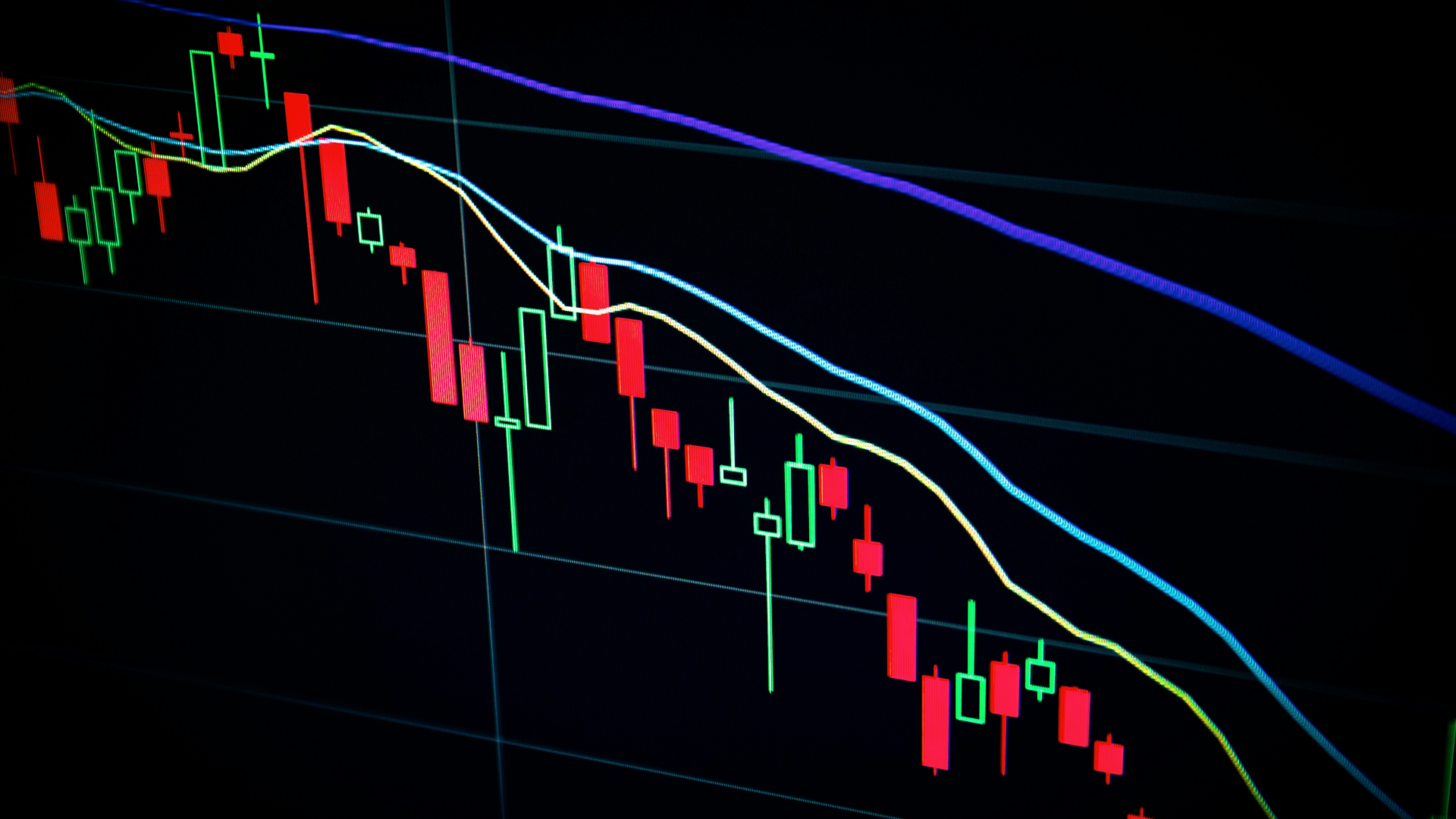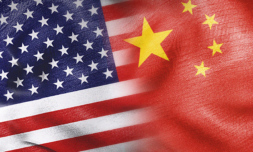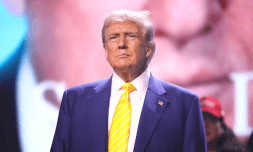In talks held earlier this week in Geneva, representatives from both nations came together to reach a deal involving a 90-day window with tariff reductions.
When President Donald Trump announced a sweeping new set of major tariffs on April 2nd, global financial markets took a turn for the worse.
On this particular day, which he referred to as “Liberation Day,” he declared a national emergency based on what he described as a large US trade deficit, leading to the unveiling of the reciprocal tariffs. 57 countries felt the weight of sudden financial turmoil, which he ordered to take effect just a week later, on April 9th.
China took the tariffs most personally, with initial U.S. duties exceeding 54%, sparking outrage. This triggered weeks of escalating tariffs between the two nations. On April 4th, China imposed a 34% tariff on U.S. goods and froze TikTok sale talks.
Shortly after, U.S. tariffs jumped to 125%, prompting China to match the increase and halt rare earth exports. The U.S. then added a 20% fentanyl-related surcharge, raising tariffs to 145%. In response, China filed a WTO complaint and refused further tariff talks without mutual respect.
Such reckless action does not go without its consequences, with tariffs causing a significant reduction in trade between both countries by about 90%. Moreover, global trade saw a contraction, with the electronics and transport equipment industries being hit the most.
As a result, exports from China were redirected to other regions such as Europe, Latin America, and Canada with the closure of the US markets. Most importantly, the biggest concern of the trade war was the potential for a global recession, with high risks of job losses and supply chain disruptions worldwide.
Ultimately, this war saw $600 billion worth of bilateral trade being disrupted.
Nevertheless, all hope returned when both nations held trade talks in Geneva just earlier this week. The meeting saw engagement from senior officials from both nations, such as U.S. Treasury Secretary Scott Bessent and Trade Representative Jamieson Greer, and Chinese Vice Premier He Lifeng and Vice Minister Li Chenggang.
After coming to terms about the detrimental impact of their conflict, both nations came to Geneva and ended up agreeing to temporarily slash reciprocal tariffs. This deal involves a 90-day suspension during which the U.S. tariffs on Chinese goods will be reduced from 145% to an estimated 30%. On the other hand, China will do the same to American products, with a reduction from 125% to 10%.
This deal marks a significant reduction of tariffs by approximately 115% to promote trade and reduce tensions between the two largest economies. Both nations also agreed to establish a new consultation framework for ongoing trade and economic discussions. Doing so would allow them to maintain dialogue and address disputes through cooperation rather than confrontation.
The meeting also saw US representatives reiterating their nation’s agenda to limit the large U.S. trade deficit with China, with hopes for a more balanced trade relationship.





















